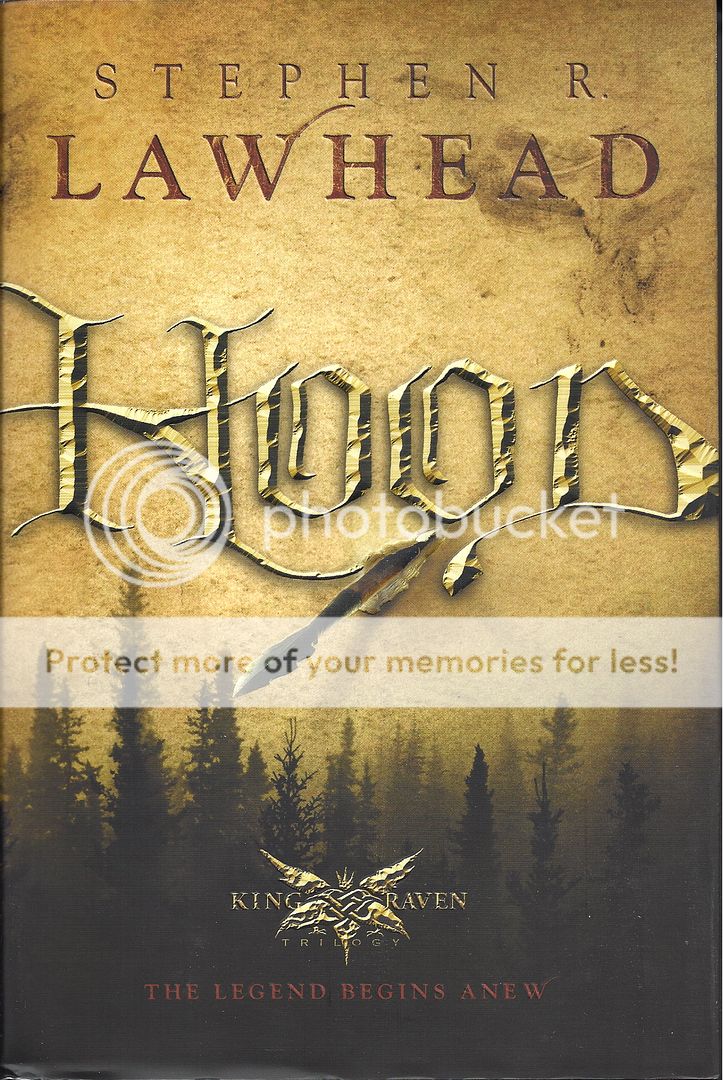
Tolkien, as is well known, hated allegory, which he believed would tend toward propaganda rather than art.

For another and more important thing: it is involved in, and explicitly contains the Christian religion. For one thing its ‘faerie’ is too lavish, and fantastical, incoherent and repetitive. Of course there was and is all the Arthurian world, but powerful as it is, it is imperfectly naturalized, associated with the soil of Britain but not with the English and does not replace what I felt to be missing. In his own personal correspondence, though, Tolkien remained skeptical that much could be done with the Arthurian legends. Lewis had even seen the stuff of Arthur in Tolkien, making a composite of Tolkien and Williams into the Arthurian character, Ransom in the Space Trilogy. And according to Guy Gavriel Kay, who helped Christopher Tolkien edit The Silmarillion in 19, even Tolkien had written a longish-perhaps epic?-unfinished poem on Arthur, entitled “The Fall of Arthur.” Unfortunately, it remains unpublished. Well, it did move Lewis and Williams, both of whom used it as a backdrop to some of their most important and innovative mythopoetic works.

Blatantly British and Christian, the Arthurian mythology should have moved Lewis, Tolkien, and Williams dramatically. The Inklings, the greatest fabulists of the twentieth century, never came to a consensus regarding the importance and profundity of the various King Arthur legends.


 0 kommentar(er)
0 kommentar(er)
